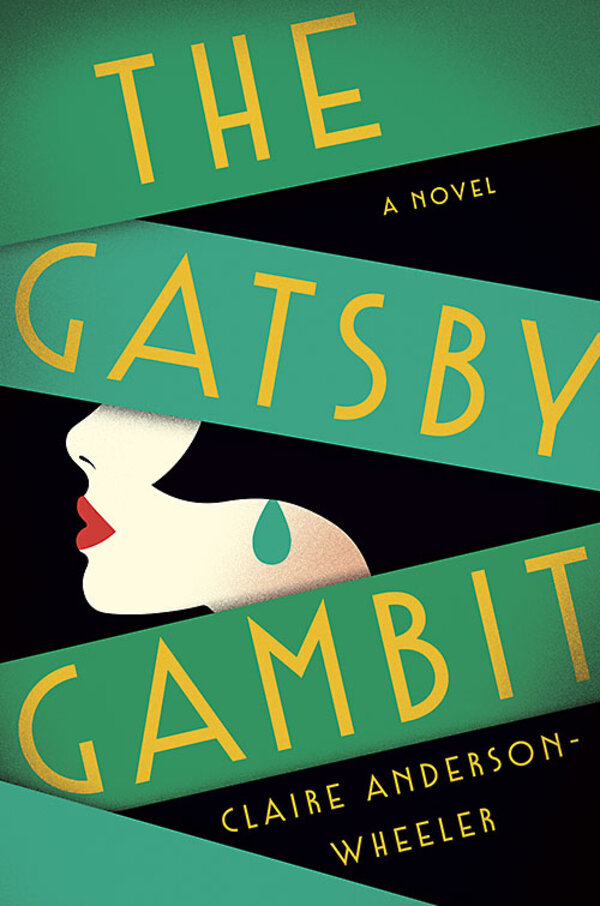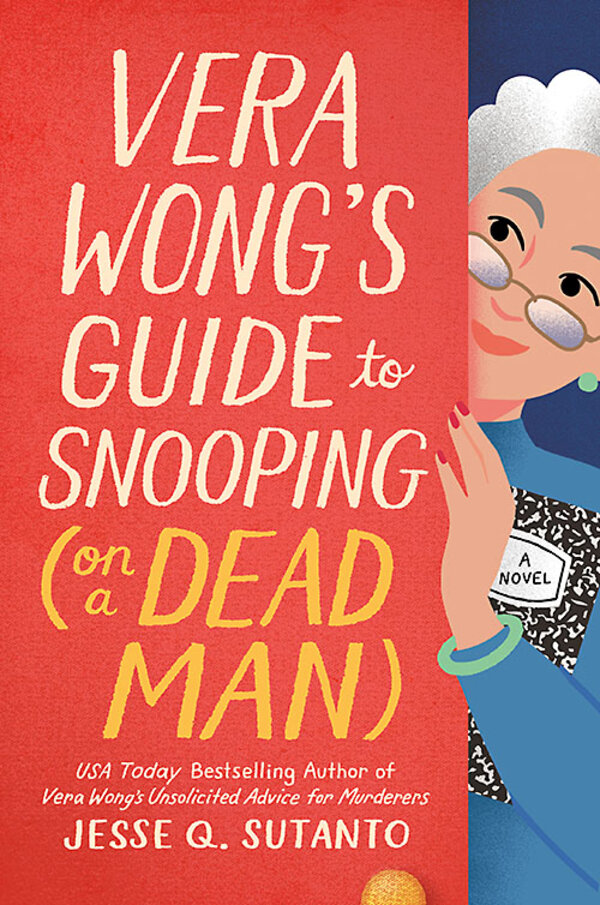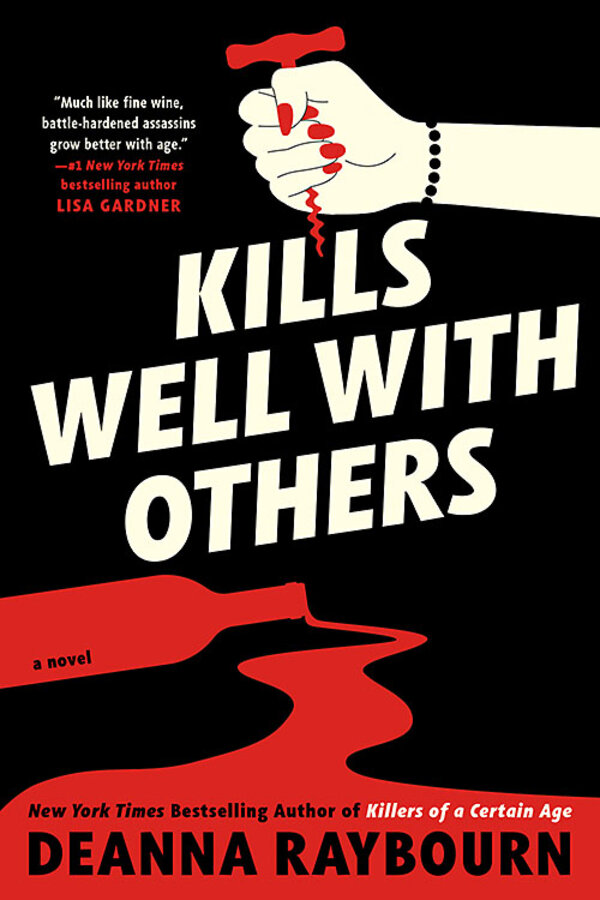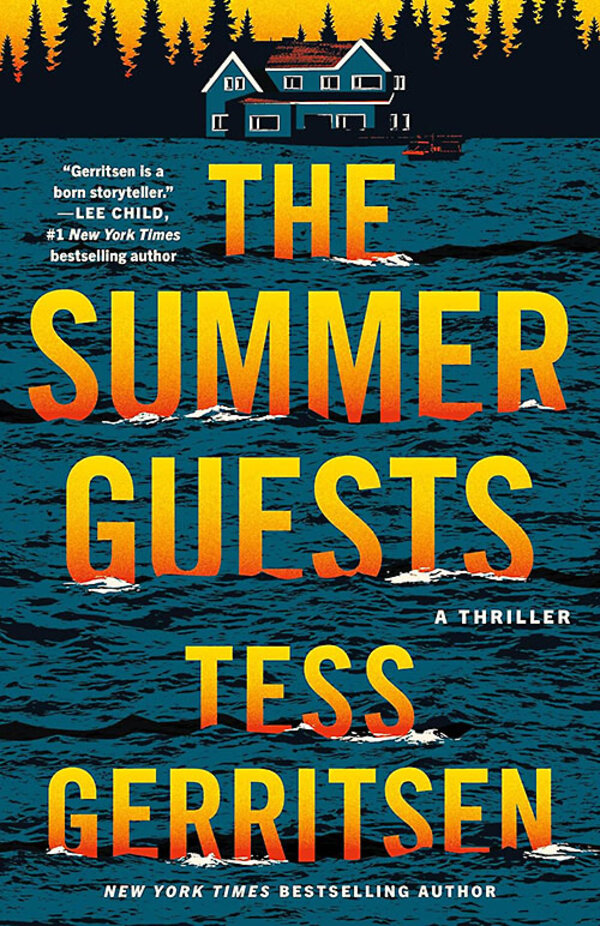Whodunits with history: Those were the slays!
Loading...
How do you like your murder served? For those who want a side of learning with their escapist fare, April offers a trove of new mysteries with literary, musical, and historical underpinnings. There are also current events and a smattering of philosophy. Or at least a philosopher who seems perpetually in danger of being smattered by the martial arts experts who surround him.
While these books tend toward enjoyable pastiches, at least one rises to the level of an art form. Ariel Dorfman’s “Allegro” features, improbably enough, Wolfgang Amadeus Mozart trying to track down the truth about the last days of Johann Sebastian Bach. And as if that’s not enough composers to fill a symphony hall, the contents of a letter delivered to the late George Frideric Handel may hold an important clue.
Early on, the characters in “Allegro” engage in a storytelling contest, in which Aristotle is invoked. “Better that the stories seem true than that they be true,” an earl says. “Though if seeming and truth coincide, fiction and history, so much the better,” another character rejoins, setting out Dorfman’s task.
Why We Wrote This
Mysteries offer diversion, and it never hurts if you can learn a little something along with the crime-solving. Six books offer readers armchair travel, amusing characters, and a dash of history.
The author, whose play “Death and the Maiden” has been produced many times for stage and screen, clearly has a reverence for both classical music and its history. The music, dates, public events, and figures are accurate, he writes in a foreword. While he calls “Allegro” a divertimento, it’s an intricate examination of grief overlaid on a globe-trotting mystery. As for the solution?
“I think the answer is always music,” Mozart says.
Jay Gatsby’s sister to the rescue
To celebrate the 100th anniversary of “The Great Gatsby” by shooting Tom Buchanan dead strikes me as a brilliant stroke of literary assassination.
“They were careless people, Tom and Daisy – they smashed up things and creatures and then retreated back into their money or their vast carelessness, or whatever it was that kept them together, and let other people clean up the mess they had made,” F. Scott Fitzgerald famously wrote.
In Claire Anderson-Wheeler’s “The Gatsby Gambit,” the person cleaning up the mess is Jay Gatsby’s invented younger sister, Greta, home from school with a stylish new bob and a desire to learn about the world. With her brother, still besotted with Daisy, looking like the lead suspect and unwilling to protect himself, it’s up to his little sister to find the real humanitarian ... er, killer.
“The Gatsby Gambit” is not as nimble as Fitzgerald’s slim masterpiece and clocks in at double the length. But Anderson-Wheeler examines questions of class and wealth that feel current in today’s tumultuous era.
A Chinese philosopher as Dr. Watson
When “The Railway Conspiracy,” the sequel to “The Murder of Mr. Ma,” opens, the Chinese philosopher Lao She, plunked forward in time as an Oxford professor, is nearly choking to death on a police officer’s whistle. Lao serves as Watson to Judge Dee Ren Jie (also transported to 20th-century London) as Sherlock, and he is the only mere mortal among a cast of wushu experts, boxers, pickpockets, and rōnin.
When readers reunite with Judge Dee and friends, they are busy retrieving a stolen rare artifact. Dee is in his Springheel Jack costume, since London bobbies of that era would rather work with a mythical highwayman than a real Chinese man.
Then a banker drops dead after a banquet given by the owner of the artifact, a young student is killed, and Dee and Lao become concerned that the deaths are part of a bigger conspiracy. The vibe established by co-authors John Shen Yen Nee and SJ Rozan is entirely cinematic, and the action fast-paced and full of humor.
There’s a scene that will test whether “The Railway Conspiracy” is for you: A chemist walks into the middle of a melee to calmly hand over the correct antidote needed to save a dog. Do you think: A) “Thank goodness, the puppy is OK!”? B) “How on earth would he know which poison the villain would use, and why is he not trying to save the dying humans?” C) “This is patently ridiculous, and I am here for it.” If your answer is A or C, you will thoroughly enjoy the adventures of Judge Dee and Lao She. Just make sure you read “The Murder of Mr. Ma” first.
Found family, generosity, and food
“Sometimes, all an old lady wants is a murder to solve. Is that too much to ask for?” Vera thinks at the beginning of “Vera Wong’s Guide to Snooping (on a Dead Man)” by Jesse Q. Sutanto. It is the sequel I have longed for since I finished “Vera Wong’s Unsolicited Advice for Murderers.”
When the new book opens, teahouse owner Vera is still feeding her adopted and real family members veritable feasts and arranging their lives to her satisfaction. (Public service announcement: Do not read this book hungry.) Then, after getting caught in a phone scam and soliciting help from the detective she plans to make her future daughter-in-law, Vera runs into a young woman outside the police station. Millie is trying to find a missing friend, but is too terrified to go inside. Vera, sensing both a mystery and another hapless young person who needs her cooking and bossing, goes on the alert.
“Vera Wong’s Guide to Snooping (on a Dead Man)” has everything that made the first book such a treat – found family, generosity, outstanding food – and ups the stakes with a grounded mystery that gives the sequel an unexpected gravitas. In an afterword, Sutanto writes about her own mother being scammed, and the poignancy and compassion she brings to all her characters make “Vera Wong” an antidote for our all-too-selfish times.
Female assassins’ next assignment
Another sequel I could not wait to get my hands on was “Kills Well With Others,” the follow-up to “Killers of a Certain Age,” by the always entertaining Deanna Raybourn. I recommended the first book – about a quartet of female assassins who come out of retirement when their bosses decide to kill them – to every reading friend over the age of 30. After a promising opening set in a seedy 1980s club where Billie inadvertently kills the wrong mobster, the second book just doesn’t quite hit its stride.
The four women are still a fun ensemble, but they simply have fewer existential reasons for this second mission. And if you’ve read Raybourn’s other mysteries, the villains are easy to spot.
For the squeamish among us (hi!), the ethical fallout of finding out that a “bad guy” isn’t so bad after all could have been rich fodder. There’s not enough moral introspection to elevate the sequel beyond a page-turner, but Mary Alice, Helen, Natalie, and Billie remain good company.
Retired spies on the trail
There are consequences galore in “The Summer Guests,” Tess Gerritsen’s excellent follow-up to “The Spy Coast.” Retired CIA agent Maggie Bird spends her days selling eggs at farmers markets and her evenings with four fellow spies who retired to remote Purity, Maine, where privacy is a respected right. Maggie and Co. put away the birding books and antipasti plates after a teenage girl from Boston goes missing and Maggie’s neighbor is the last one to have seen her alive. “The Spy Coast” didn’t quite let readers get to know the full ensemble. Gerritsen corrects that in the sequel, fleshing out the deep friendships among Maggie and married couple Lloyd and Ingrid, widowed Ben, and charming Declan. “To anyone who saw them, they probably looked like five retirees out for a leisurely hike, but these retirees came prepared to tackle a crime scene.”













